30 Simple Ways to Be Prepared for a Blizzard
Feel like you need to be better prepared for a blizzard? Winter storms may not seem nearly as dangerous as some of the other severe weather-related challenges out there, but they still create a host of risks that many people often don’t think about.
Frostbite, hypothermia, carbon monoxide poisoning, and heart attacks caused by overexertion while shoveling are all serious issues that are fairly common. Though you may look outside and think that it’s only a couple of feet of snow, it could be very deadly for someone else.
That’s why taking precautions before a winter storm hits your area is so important. I also want to share with you what your family should be doing and not doing during and after a blizzard has taken place. Keep reading to learn more about how to prepare your family and your home for a potential blizzard. In case you missed this post, How To Make Your Own Emergency Car Kit
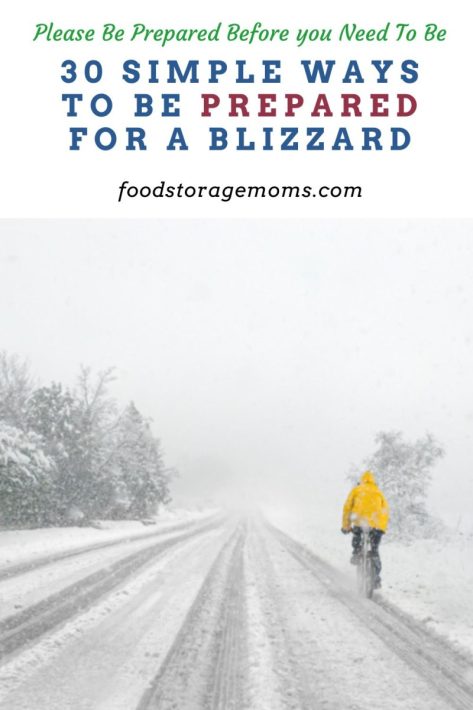
30 Simple Ways to Be Prepared for a Blizzard
Precautions to Take Before a Winter Storm
A blizzard isn’t something that anyone should take lightly, and when a winter storm warning has been issued, it’s crucial that you’re prepared before it strikes. These are several tips to remember:
1. Furnace Working
Make sure that your home’s furnace is working properly and that it hasn’t been too long since its last maintenance. Also, it wouldn’t hurt to change the furnace filter if it’s been a while. The heating and air conditioning gurus suggest a change every month or two, depending on the time of year and how much the systems have been used since the filter was last changed.
We were surprised when a repairman told us to consider a filter that wasn’t as restricting to the airflow. He said that unless we were having allergy issues, some of the less expensive and less restrictive filters do a good job and allow more air to flow throughout the house. Test some out and see how your home reacts to the change.
2. Weather Radio
Keep a weather radio nearby and stay tuned for any important weather updates. Failing to listen to these cautions could have a devastating impact on not only your own life but also the lives of each of your family members. Emergency Radio
Also, consider getting a radio that not only runs on batteries but also can be powered by a crank. Having extra batteries is always something we need to stay on top of too.
3. Winterize Your Home
Winterize your home before the first storm hits. This includes tasks such as insulating your pipes, particularly those pipes that are running along outside walls. (Allowing a trickle of water to flow through them to help prevent them from freezing during extremely cold and windy conditions is also something we should keep in mind.)
Make sure your chimney flue is clean and allows for the free flow of exhaust, insulate doors and windows if you’ve seen cracks or the sun shines through when they’re closed, and stock up on enough non-perishable food items to hold your family over for a minimum of three days or longer.
4. Stock Fuel
Stock up on firewood, propane, and butane. I always tell my readers to keep their car’s gasoline tank at least half full or above. Please use these stabilizers for gasoline and diesel if you have some stored:
Remember to have all flammables safely stored away from the house. A remote shed may be the best solution.
5. Prepare for Power Outages
It’s best to plan for the worst and assume you’ll lose power, which is why you should have your generator tested and ready to go. Note that most generators aren’t designed to back up multiple appliances. If you have much perishable food in a fridge and/or freezer, they may be key units to keep running. If the generator is powerful enough, of course, you’ll want it hooked to your furnace so the fan can operate.
6. Smoke & Carbon Monoxide Detectors
Be sure that your smoke and carbon monoxide detectors are working properly and have fresh batteries in them. Carbon Monoxide Detector
Here in Utah, they suggest you also have a radon gas detector. Check your area for that same issue, they aren’t that expensive.
7. Check the Sump Pump if Applicable
If you have one, check your sump pump to ensure that it’s working correctly. When the snow starts to melt, water damage in your basement is a possibility, but a properly-working sump pump can save the day.
8. Winter Weather Kit
Put together a winter weather kit for each member of your family. This should include items such as a flashlight, batteries, tools, a first-aid kit, hand warmers, and extra layers of thick warm clothing. Flashlights with Batteries
I’ve mentioned before, that I like solar-powered flashlights. I have some on my window sills all the time to keep them charged up, rain or shine.
9. Stock Blankets
Lay out several dry blankets each of your family members can wrap up in to keep their body heat in.
10. Keep Cell Phones (Mobile Device) Charged
Charge your cell phones and other electronics that you will use to get a hold of anyone and let them know whether you’re okay or need help. You can buy special power bank units as backups in case the power does go out. They are handy to charge phones, laptops, notebooks, etc.
Ways to Prepare Your Vehicle For a Blizzard
11. Maintain Your Vehicles
Make sure your vehicle is in good working condition before the storm hits. This means checking the tires, brakes, and windshield wipers, and making sure you have enough windshield washer fluid. It’s also a good idea to keep a winter weather kit in your car that’s similar to the list I provided above for your home.
Be certain that your car or truck has the proper level of antifreeze in the radiator. Nothing worse than having extensive engine damage because you didn’t check the temperature range your car’s cooling fluids have. Over time, the antifreeze concentration can diminish as you add new water to the system, so have it checked from time to time, just to be sure.
12. Keep Your Gas Tank Full or at Least 1/2 Full
As mentioned above, keep your gas tank at least half full at all times during the winter. This will help to prevent the fuel from freezing up due to moisture condensation. A full tank is even better.
This also provides the added confidence that if you need to travel, which isn’t normally suggested in a blizzard, you have enough fuel to get you where you need to go.
13. Make A Plan For Evacuation
Know where you can go for shelter if your power goes out for an extended period, or your home becomes unsafe. There may also be safe havens provided for those who need food. Do your research now, before you need to know these safety precautions.
14. Check on Neighbors and the Elderly
Have a plan in place for how you will check on elderly or vulnerable family members, neighbors, and others you care about. If they live close enough, consider walkie-talkies since they can be powered by replaceable batteries. Do some tests to make sure all needed parties have them tuned to the same channel.
What to Do During a Blizzard
15. Be Ready To Hunker Down
As the snow starts to fall and the winds start to pick up, it’s best to stay put and take shelter in your home or wherever you feel safe. If you’ve prepared properly, the home scene is probably the best place to hunker down. It is all part of an overall plan. Start now rather than wait. August is actually a great month to assemble what you need for the winter months.
16. Stay off the Roads
Avoid getting out and driving on the roads, if you can, since you may not be aware of various hazards out there during a bad storm. Hand Warmers Are Awesome!
17. Have a Vehicle Survival Kit
If you’re trapped or stuck in the snow in your vehicle, try and stay calm while staying put. Venturing out in the cold will only allow hypothermia to set in faster.
18. Be Careful When Shoveling Snow
Try not to use too much energy if you’re out shoveling snow or walking out in the snow. Overexerting yourself can lead to a heart attack.
19. Stay Warm and Be Cautious
Make sure that you limit the amount of time that you’re outdoors. Take some time to pause between projects like clearing snow for neighbors. If it’s really windy, hypothermia can set in faster than you expect.
20. Layer Up To Stay Warm
Wear multiple layers of clothing and proper snow protection such as boots, gloves, winter jackets, and face protection.
21. Beware of Frostbit & Hypothermia
If you’ve spent a fair amount of time outdoors, watch for signs of frostbite and hypothermia. These include numbness, slurred speech, and drowsiness.
22. Drink Fluids and Stay Hydrated
Be sure that you’re drinking enough fluids, but avoid caffeine and alcohol since they can actually hasten the onset of hypothermia.
23. Clean Your Chimney Flue and Ventilate the Room
If you have a fireplace, use it during the coldest times of the day and night so you can make the most efficient use of any coal and wood. Be sure to keep any flammable items like clothing and paper goods clear of the fireplace. Be sure to open the flue so there is good airflow when in operation. If not being used, close that flue so the heat doesn’t just go up the chimney and outside.
Remember that it’s only safe to use kerosene indoors if the room is properly ventilated. People die every winter from using a kerosene stove to heat their homes and they keep all the windows closed.
What to Do After the Blizzard Has Passed
24. Be Careful After The Storm
Once the weather has calmed down, there are still a few things you need to be aware of before venturing back outside. If the sky is clear, it’s probably colder than expected. Having snow on the ground also tends to make the environment colder and less forgiving.
25. Be Aware of Your Surroundings
Avoid walking or driving through any deep snow drifts as they could be hiding downed power lines or other obstructions.
26. Watch Out For Icy Sidewalks and Driveways
Be cautious when walking on sidewalks and driveways that have been cleared of snow. The surfaces may be icy and slick, particularly if the sun was out for a while and melted things.
27. Watch for Fallen Trees
Watch for fallen tree limbs and other debris that the storm may have left behind. This also applies to areas you’re trying to clear with a power snowblower. There could be some risk of injury to you and damage to the equipment if you hit fallen tree limbs and branches.
28. Be Cautious Re-Entering Your Home
If you had to leave your home during the storm, be cautious when re-entering as there could be structural damage that you’re not aware of. Be sure to walk around the home and look for anything out of order. Spend time out back and look for sagging patio roofs, furniture that’s been blown out of place, etc.
29. Stock Food, Water, and Supplies
Do an inventory of your food supplies and restock them as necessary when it’s safe and convenient.
30. Monitor Weather Updates
Even though the storm has passed, continue to monitor any weather updates in case another storm system is heading your way.
Why is Visibility an Issue During a Blizzard?
Blizzards aren’t just heavy snow storms, they entail strong winds. If there is blowing snow, it will be tough getting around, whether you’re walking or driving. Blizzards cause snowdrifts to form, which is an indication that the wind has been really strong in that area. Driving becomes much riskier if you can’t see what’s ahead, or even where the lanes of the road are.
Who Normally Announces Storm Warnings?
The National Weather Service is usually responsible to announce or issue storm warnings. That’s one of the reasons I suggested above that you have a quality weather radio ready to keep you fully informed.
What Besides Insulation, Weather Stripping, and Caulk Should I Use to Keep the Storm Out?
Here in Utah, we’ve always put storm doors on the main entrances to our homes. They’re great since you can keep the cold wind and snow out during the winter, but also install screens for good airflow during other seasons when you want to have some fresh air in the house.
Storm Windows Do Make a Difference
It’s hard to believe, but many American households still have single-pane windows. If your family is one of those, you may want to upgrade the value of your home by installing double or triple-pane windows. There may even be some tax credits your state allows when you make your home more energy efficient.
If you live in a frigid part of the country, consider going the extra step by installing storm windows. They amount to an extra window system either on the outside or inside of your current windows, thus providing another level of protection from letting the heat or cool air into or out of the house. Yes, there is some expense when replacing windows or installing storm window systems, but you’ll be surprised how fast you can recoup the cost when you see the savings in your heating or air conditioning bills each month.
Wind Does Affect the Effective Temperature Outside
Often we hear the term “wind chill factor” when the evening weather report is broadcast over the TV or radio. What this means is the temperature you feel when you’re outside during the cold and a windstorm comes up. It is amazing what a difference the wind can make, and the need to be aware of the temperature so you can dress accordingly.
Things You Should Consider During the Winter to Gain More Traction From Your Tires
Those of us who’ve grown up in cold and stormy climates know that winter and snow storms add a whole new dimension to driving. Having good quality tires can make a real difference when it comes to safe driving. Yes, you can trade off and replace those summer tires with snow tires, but you may need to consider also carrying some tire chains in your trunk during the winter.
The chains add another level of traction, particularly if you have to drive on packed or icy roads. Depending on your vehicle, they can be somewhat of a challenge to put on, especially if you’re trying to put them on during a storm.
Having studded tires used to be a popular choice, but due to the damage they cause to roadways, many states have restricted their use.
Final Word
By following these tips, you can help to ensure that you and your family stay safe during winter and are prepared for a blizzard. What would be some other important tips to follow for someone that’s caught in the middle of a snowstorm? I’d love to hear your thoughts! May God Bless this world, Linda
Copyright Images: Man on a Snowy Road AdobeStock_401995953 by Mikel Allica

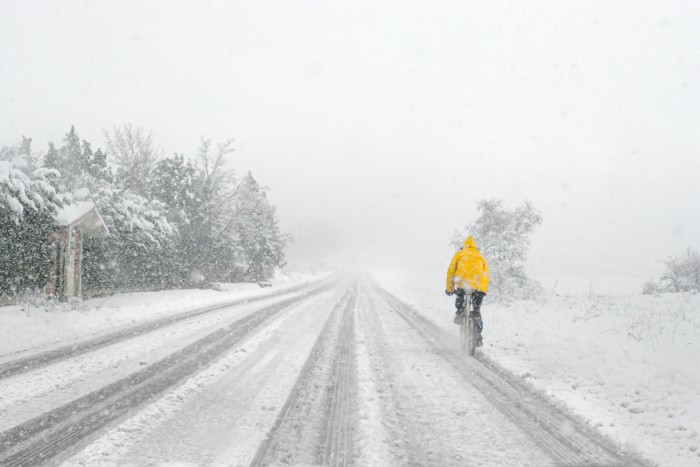

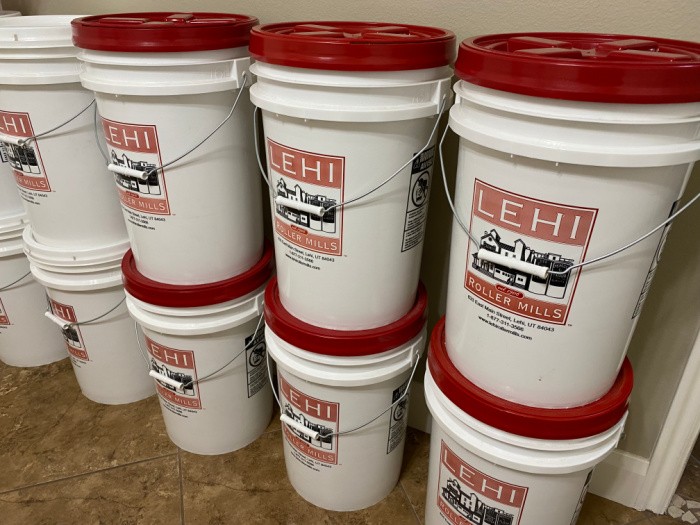

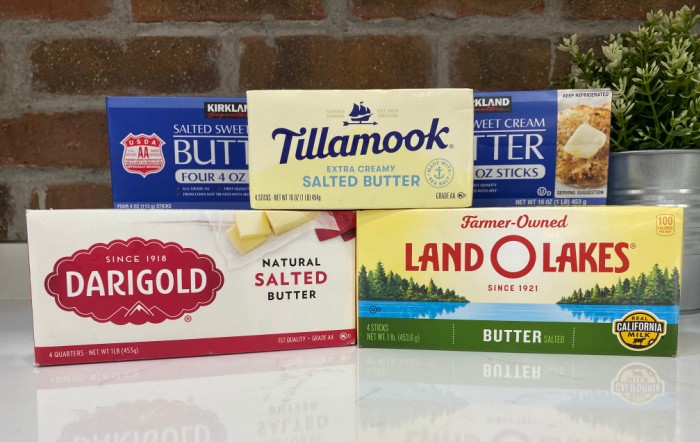
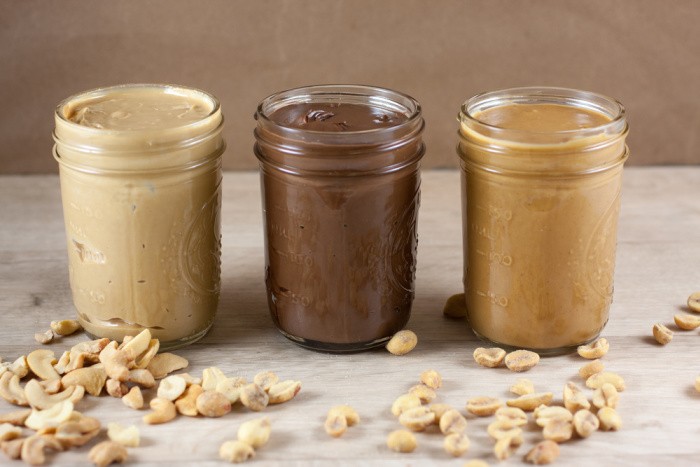

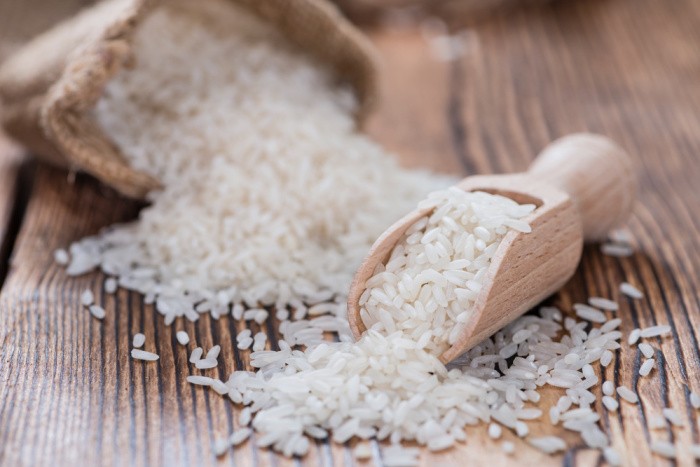

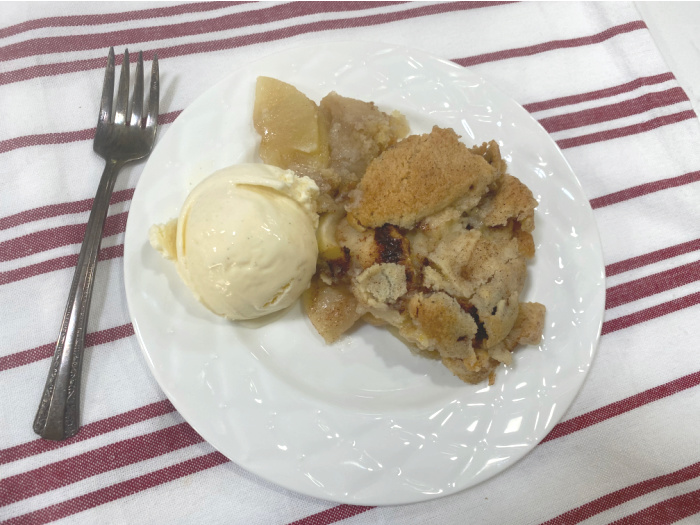
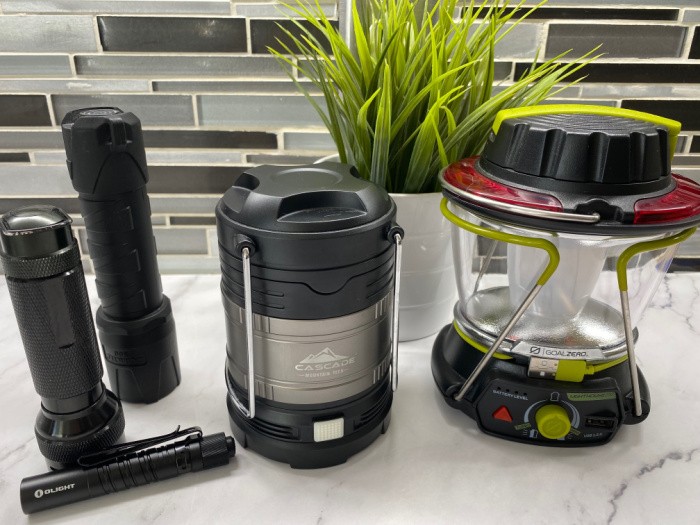
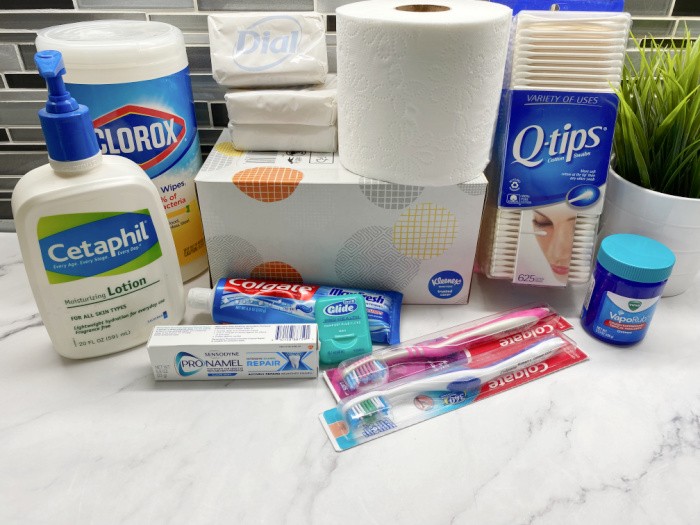
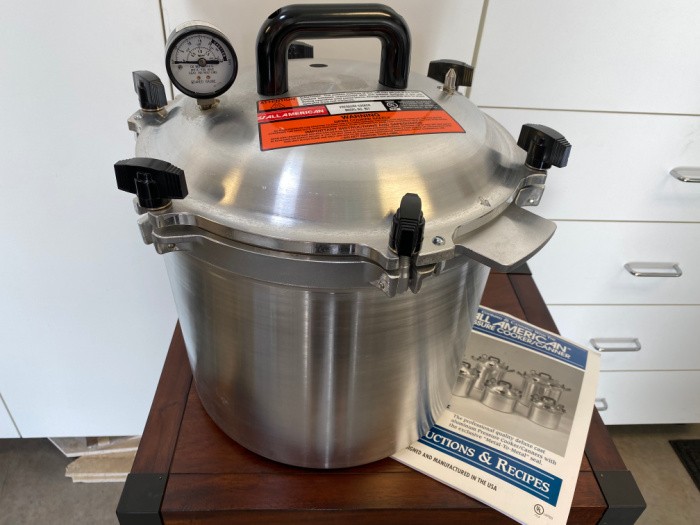

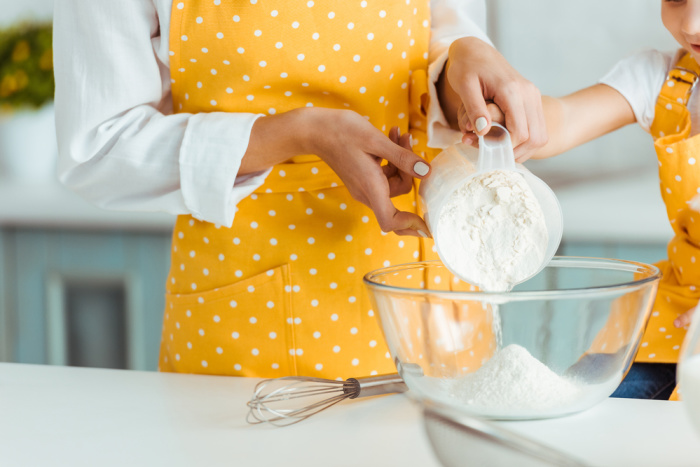

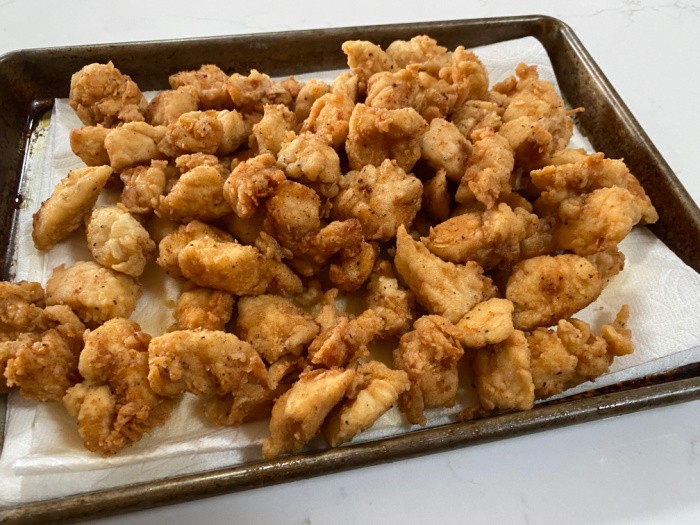
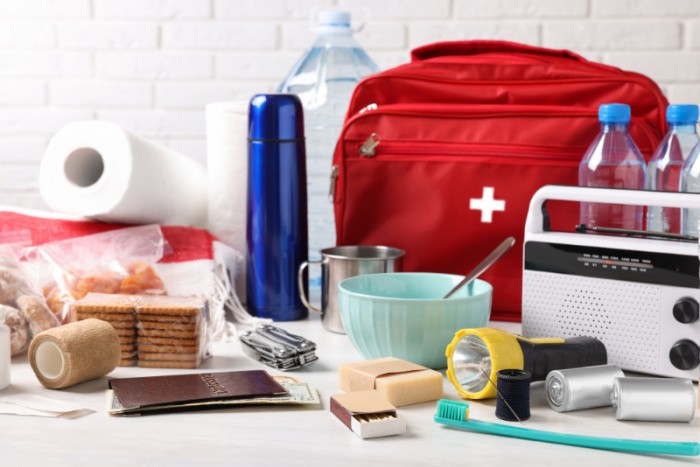
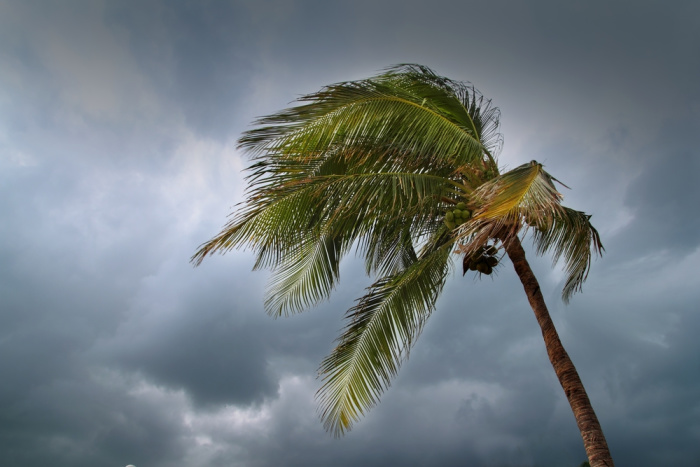
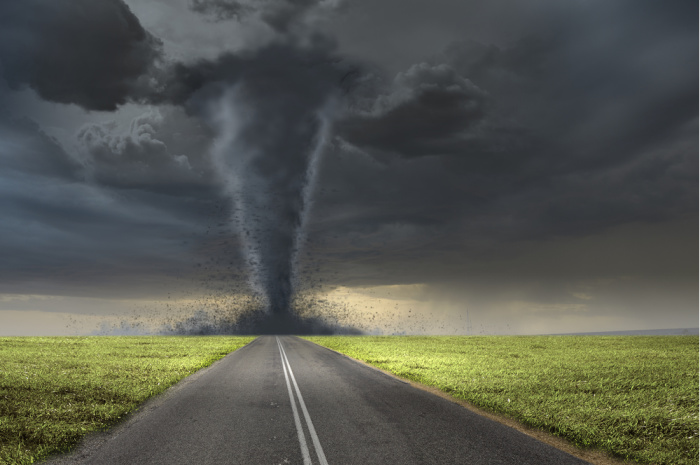

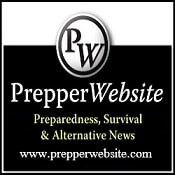
Good list!
I only run the cheaper filters. Since I’m in and out all day it does zero good to have hypoallergenic or hepa style and in winter there shouldn’t be a lot of allergens anyway.
This is the time the vehicle bag grows. Insulated coveralls, blanket, insulated gloves, stocking cap, hand warmers, merino wool socks and and set of heavy boots all go in a additional bag. I always leave the house appropriately dressed but things happen and if you get wet you’ll need other stuff.
Check your 4×4. I’ve seen computer and vacuum failures at the worst times. Check the winch and winch line if you’ve got them. Check your air compressor in case you need to air down and reinflate.
Fire up the generator and throw 1/2 load on it to test.
Mostly just pay attention to the weather and don’t be the 11th hour milk n bread on tv.
Hi Matt, thank you for your kind words and great advice. I got the giggles over the 11th Hour milk and bread on TV! I need to go add my vehicle emergency bag to the post. Some things we take for granted. Great reminder! Linda
Very good and right on list, Linda. Thank you!
I’m reminds to make sure to be ready and not miss anything you have on the list to be ready.
It gets super cold in Iowa in the winters and prone to blizzards and power outages.
I’m looking for scrap wood to build an enclosure closer to the back door for the generator. This year I’m not dragging it out of garage when needed.
Thank you again for such a complete list of things to do in order to be ready.
Hi Cindy, thank you for your kind words, my friend! Wow, I don’t think I have ever been to Iowa! I would love to see every state in the USA!! Stay safe, stay warm, Linda
2 years ago we purchased a plastic molded outdoor tool storage box that perfectly fits our generator so it is always ready. My husband cut an opening in the side to vent the generator when running. The generator is conected to our electric panel so that we only have to flip one switch. It is configured to run refrigerators, freezer, part of kitchen wall circuits, part of living room. Works great.
Hi Mt.Grammy, those generators would be such a blessing to so many people! Great idea to keep it covered to protect it from the weather. Linda
Great idea to get a outdoor tool storage box and put a opening in for venting it. And great it’s connected to the electric panel too.
You’ve given me perhaps a simpler idea. Thanks for sharing
Hey Linda just an FYI, Todd has sold Prepper Website and now has a new site, http://www.ReadyYourFuture.com
HI Cindy!!! I did not know thank, thank you!! Linda
Hi Cindy, the link does not work. It’s probably being worked on. He must be hosting with Cloudfare. Thank you for letting me know. I’ve been so busy I haven’t checked in with him lately. He’s the best! Linda
Hi Linda,
I think he’s having trouble with his server sometimes so hope will be up and running soon.
Hi Cindy, thank you for the heads up! Linda
Ah, so many comments I could make but no one really wants to hear them. I do have about 7 cords of firewood for our woodburning stove so that makes me feel somewhat secure…AND I have enough quilts I’ve made to blanket the neighborhood! We don’t get the snow like we used to here in N. Nevada and I miss it. I don’t miss shoveling it but a self-propelled snowblower helps…somewhat. As we’re hovering around 103 for a week solid, I’m sooo looking forward to winter!
Hi Robbie, I hear you about shoveling snow!! Thankfully our son-in-law does our since we moved back up north. 7 cords of firewood are awesome!! Linda
Great list Linda! We are finishing up winter preps. We are due for an ice storm here. There’s one every year someplace in the state and we’ve had some close by but have just missed us. We’ve gone through them before and know what to do. I almost think it’s easier since we’re retired and don’t have to get to work!
HI Paula, it’s great working from home and being retired! Life is good! We do not have to go out if we don’t want to! I love hearing you’re finishing up your winter preps! Linda
We bought a larger generator and I’m so excited about it! Almost as good as Christmas! LOL
Hi Paula, oh that is a cartwheel moment! I LOVE hearing this!!! Linda
I put boots in my car that are good to -20. I normally wear athletic shoes, which would not be good if I had to walk in a storm.
Hi Janet, oh my gosh, that’s the best idea ever! Now, that I live back in northern Utah I need to get some of those boots. Great reminder! Linda
There is two suggestions I would make…….DON’T plan special events ….. We had just bought our first home with two kids, and were hosting a house warming party. The Blizzard of ’77 had other ideas. If we had not canceled the party that morning, we might have been stranded with about 50 friends and family for almost a week!! DON’T plan weddings…. The October Surprise storm in 2006 left us without power for almost a week and could have ended up canceling the rehearsal dinner for our son and his bride.
We known enough to stay off the road and leave the dangerous driving to fools without the brains that God gave a gopher.
We have a service to shovel and plow, so I can enjoy the beauty of the snow, whole knowing my husband won’t be out in it. Great time for roast in the oven.
HI Chris, great advice on those months for special events! You nailed it. I did giggle over the fools without the brains that God gave a gopher…..LOL! Linda
Linda, I had my husband read this article, to make sure we are ready. On #1, we have upgraded our furnace filters to medium grade to cut down on the dust particles, but we bought enough for two years, and switch them out every three months. On #9…..we have 12 sherpa and faux fur blankets for two people….yes, I get carried away, but they add so much to a room hanging on antique wooden ladders. Rhonda is right, when we qualify as the elderly in #14. I do jar candles and flashlights because propane and kerosene make me nervous. When winter settles in so do I.
Hi Chris, I do not do kerosene lamps either. It’s just me they make me nervous. I’m in the elderly party group as well, life is good! Linda
Chris, your story about the almost-house-warming reminded me about a story of a pub somewhere in Great Britain–Yorkshire, I think. A snowstorm hit, stranding quite a number of people–and a few dogs! Thanks to the well-prepared and well-stocked pub owner, everyone made out just fine–and had a great time! So good that they’ve actually had reunions!
I love that story, Rhonda. Thank you for sharing. In our case, we had just moved in the week before Christmas, so while we had plenty of goodies for the planned party, daily needs, not so much. I do remember waking to the sound of a new neighbor we had barely met, starting to clear our sidewalk. We were blessed with several great neighbors and friends.
HII Chris, aww, I love this story! Having great neighbors is wonderful. I love it when we have no idea who they are yet and they show up to shovel snow! Linda
Hi Rhonda, oh my gosh, I LOVE this story! Thanks for sharing such a positive way almost a housewarming story!! And reunions, how neat is that!!! Linda
One thing I do know, is we have never lost our natural gas service. It is the reason our whole house generator is run on natural gas. It may not serve us in every emergency, but it is the best we can do.
Hi Chris, that’s awesome! We have never lost our natural gas service either. Linda
Blizzards are common here, we get 2 or 3 (or more) every year. We are lucky and have never lost power (thank goodness for buried power lines) or gas during a winter storm. The other thing we have to prepare for is extreme cold. We usually have at least one week where the actual temperature or wind chill factor is below -20 degrees.
One thing that I saw somewhere was to use the solar lawn lights (the ones you put along your sidewalk) in jars or vases in case of lights out. Pretty simple and inexpensive. We pull our solar lights out before the ground freezes for the winter and this year I’m going to store them in front of a window so they will stay charged.
A good vehicle emergency kit is so important. Almost every year at least one person (or carful) gets lost in the snow and ends up dying from exposure. I think the worst was when a college couple got lost and was able to reach 911. They didn’t know where they were and visibility was so low they couldn’t describe anything. Eventually the cell phone died. The couple was found the next day, they had gotten off the road was were driving through a farm field. We have better GPS tracking on phones now so hopefully that won’t be repeated.
Also be aware of your neighbors. The ones who are experiencing their first blizzard may be totally clueless. I know we were. Midwest blizzards are nothing like the Virginia snowstorms we grew up experiencing. After the first snowstorm, hubby bought a snowblower, although during most blizzards unless he goes out to clear the driveway and sidewalk several times during the storm, the snow is too deep to use the snowblower. When the kids were old enough to help, we bought extra snow shovels. We also learned about something called a snow rake to clear deep snow off the roof. It was a rapid learning experience for us; we had more snow our first year here than in any of the 22 winters since then.
I try to keep the ingredients to make a nice hearty stew or chowder on hand and if a blizzard hits, I start this in the crockpot and we pull out games and just enjoy the weather mandated break from regular life.
Hi Topaz, I can’t imagine -20 degrees! YIKES! We always had a snow blower when we lived up north and now we’re back here. But our son-in-law will do the shoveling. And use the snowblower when needed. It’s crazy I remember one year we had so much snow people were using those snow rakes to get the snow off their roofs. It was so cold it didn’t melt and we were all afraid our roofs might cave in. I love starting a crockpot and taking a break from regular life. The snow is beautiful when it falls but then it looks dirty in a few days. We all need that snow right now. Dirty or not, we need it. Linda
About that #14… It’s weird, being the same age as old people…
Multiple layers of prep are good, in case there’s anything like our Blizzard of ’78 (the one that shut down Boston’s Rte. 128 for days on end) or the Ice Storm of (I think) ’08–both left us without power for nearly 2 weeks. We now have an on-demand generator, but the kerosene lamp still hangs ready in the kitchen, as one example!
Adding to blankets–sleeping bags are very cozy. If you have matching bags, they can be zipped together for sharing body warmth with your partner. And if you find one with a broken zipper, take it anyway–makes a great comforter! (And extra blankets, etc., are great for laying over the freezer for extra insulation.)
Re. people “from away” who don’t understand blizzards (or even simple cold and snow)–yep, that’s my Memphis husband. The stories I could share… Like the time he pulled the snow brush/scraper out of the vehicles, at the beginning of March–because “winter was over”!
Hi Rhonda, oh my gosh, the snow scraper, my husband would do the same thing. LOL! We have had snow drift on the freeway in April…I get it. Sleeping bags are awesome! Great reminder to use them as comforters even if the zipper is broken. Life is so good, Linda